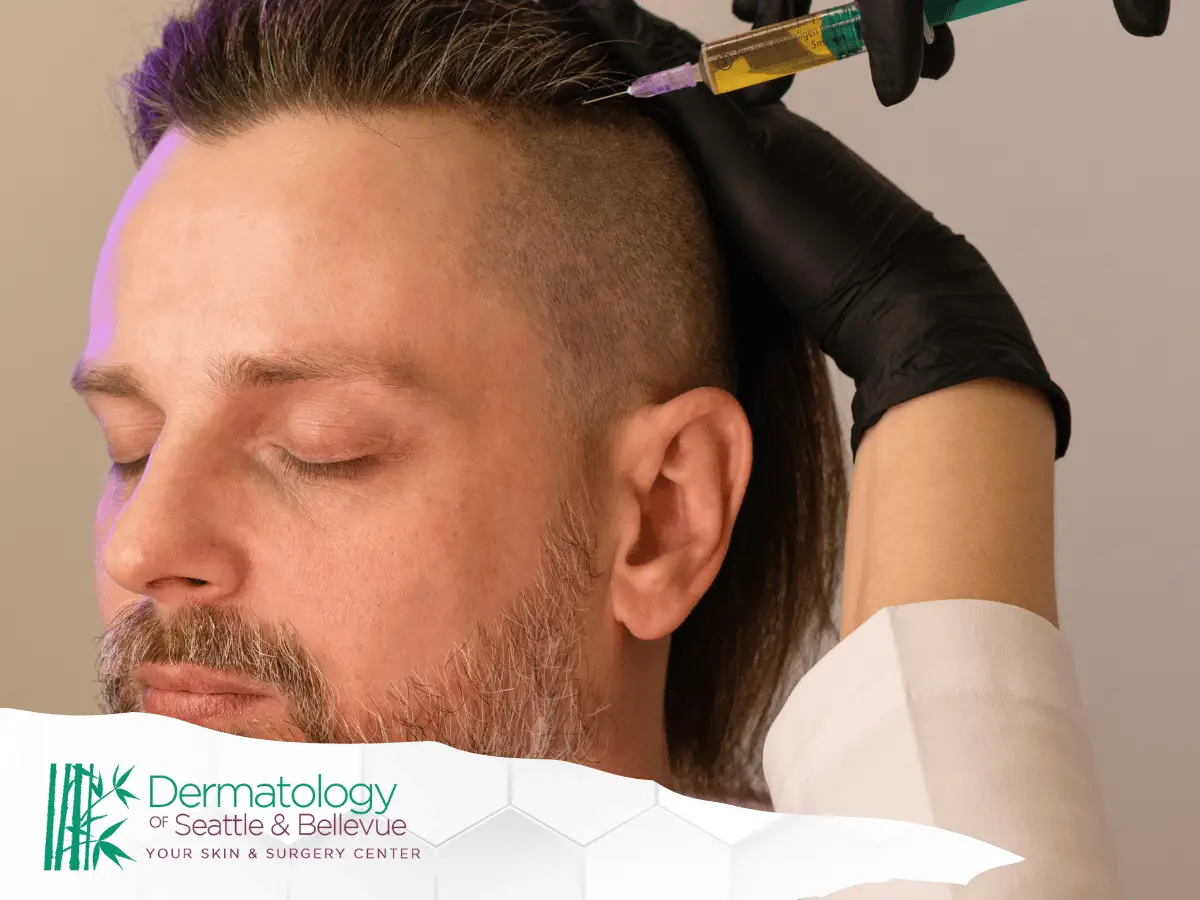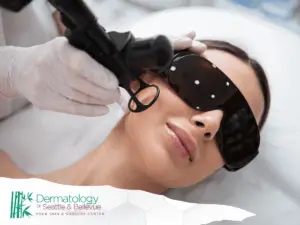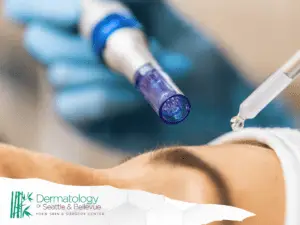Hair loss can be a challenging experience, affecting confidence and self-esteem. For many, it feels like losing a part of their identity, impacting personal and professional interactions. However, with advancements in medical technology, there are promising solutions available. Treatments are evolving, offering effective and less invasive options that were not available in the past. One such innovative treatment is Platelet-Rich Plasma (PRP) therapy for hair restoration. This guide will provide a comprehensive overview of PRP therapy, explaining its process, benefits, and what you can expect if you decide to undergo this treatment. Whether you’re exploring options for the first time or seeking alternatives to traditional methods, this guide aims to equip you with the knowledge you need to make an informed decision.
Insider’s Guide to PRP (Platelet-Rich Plasma) for Hair Restoration
Quick Summary
- PRP uses your own blood plasma, rich in growth factors, injected into the scalp to stimulate follicles and hair growth.
- The process includes a blood draw, centrifuge separation, then targeted scalp injections; the visit takes about an hour.
- Benefits include a natural approach, minimal downtime, and improved hair thickness, texture, and overall quality.
- Results often appear in 3–6 months; typical plans include 3–4 monthly sessions plus maintenance every 6–12 months.
- Best for pattern baldness and thinning; side effects are usually mild redness/swelling, with rare bruising or infection.
PRP hair restoration is a medical procedure that uses the patient’s own blood to stimulate hair growth. Unlike other treatments that may involve synthetic substances, PRP focuses on harnessing the body’s natural healing processes. The process involves extracting platelet-rich plasma from the blood and injecting it into the scalp. This plasma is rich in growth factors that help to repair and rejuvenate hair follicles, promoting hair growth and improving the thickness and quality of hair.
Understanding the Science Behind PRP
The science behind PRP therapy is rooted in the natural functions of platelets. These tiny blood cells are primarily responsible for clotting and healing. When isolated and concentrated, they release growth factors that can stimulate cellular repair and regeneration. In hair restoration, these growth factors target dormant or miniaturized hair follicles, reviving them and encouraging a new phase of growth. This scientific basis is why PRP is considered both innovative and natural.
The Procedure of PRP Extraction
PRP extraction is a meticulous process that begins with a simple blood draw. This is typically done from the patient’s arm, similar to a routine blood test. The collected blood is then placed into a centrifuge, a machine that spins rapidly to separate the blood into its different components. The goal is to isolate the platelet-rich plasma, which contains a high concentration of growth factors and proteins beneficial for hair growth. This separation process is crucial, as it ensures that the highest quality plasma is used for treatment.
Application of PRP to the Scalp
Once the PRP is prepared, it is carefully injected into the areas of the scalp that require treatment. The precision of these injections is key, as it ensures that the growth factors are delivered directly to the targeted areas. The growth factors in the plasma stimulate the hair follicles, encouraging natural hair growth and improving the overall health of the scalp. This targeted approach helps maximize the effectiveness of the treatment, providing a tailored solution for each patient.
Benefits of PRP Hair Treatment
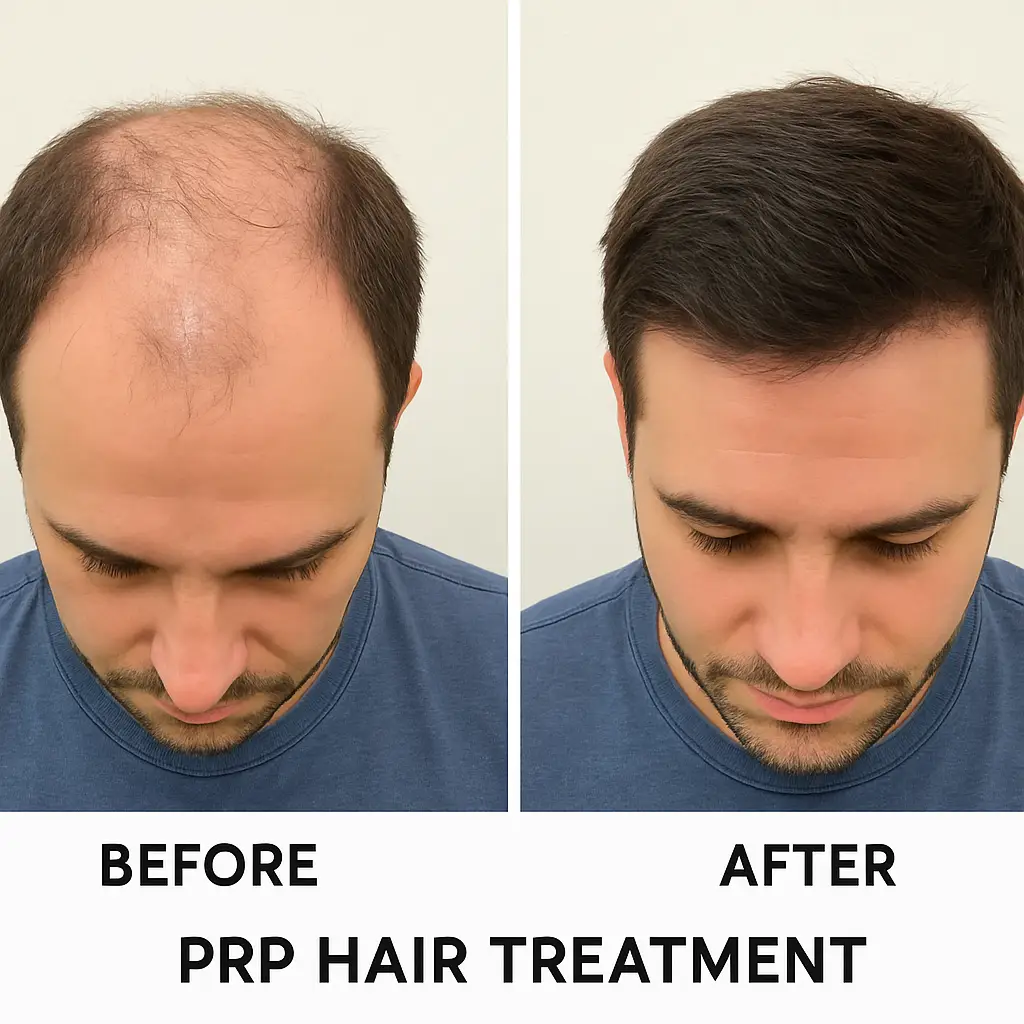
PRP therapy offers several benefits for individuals experiencing hair loss. It stands out due to its holistic and personalized approach, setting it apart from more invasive or synthetic alternatives.
A Natural and Safe Option
One of the most appealing aspects of PRP therapy is its natural approach. Since PRP uses your own blood, it reduces the risk of allergic reactions or complications, making it a safe and natural option. This autologous nature means that patients are less likely to experience adverse effects, as the treatment capitalizes on the body’s inherent repair mechanisms.
Convenience and Minimal Downtime
The procedure is minimally invasive, with most patients experiencing little to no downtime. You can typically resume your normal activities immediately after treatment. This convenience is a significant advantage for individuals with busy lifestyles, allowing them to receive treatment without disrupting their daily routines.
Enhanced Hair Quality and Growth
PRP therapy not only promotes hair growth but also enhances the thickness and quality of existing hair. Patients often report improvements in hair texture and strength, contributing to a fuller, more vibrant appearance. This dual benefit of growth and quality improvement makes PRP a comprehensive solution for hair restoration.
Versatility in Hair Restoration Plans
PRP therapy’s versatility allows it to be used in conjunction with other hair restoration treatments or as a standalone procedure. This adaptability means it can complement various treatment plans, offering flexibility to suit individual needs and preferences.
What to Expect During the Procedure
Pre-Treatment Preparation
Before undergoing PRP therapy, it’s essential to have a consultation with a qualified healthcare provider. This initial meeting is crucial for assessing your suitability for the treatment. They will evaluate your scalp and discuss your medical history to ensure that PRP is a suitable option for you. It’s important to follow any pre-treatment instructions given by your provider, such as avoiding certain medications or supplements. These guidelines help optimize the procedure’s effectiveness and minimize potential risks.
The Treatment Process
The PRP treatment typically takes about an hour to complete. After drawing and processing your blood, the PRP is injected into the target areas of your scalp using a fine needle. The number of injections will depend on the extent of the hair loss and the size of the treatment area. While some patients may experience mild discomfort during the injections, the procedure is generally well-tolerated. Your healthcare provider may use a local anesthetic to minimize any discomfort. This careful approach ensures that the procedure is as painless and efficient as possible.
Post-Treatment Care
Following the procedure, it’s normal to experience some redness or swelling at the injection sites. These side effects are temporary and usually subside within a few days. Your provider will give you specific aftercare instructions to ensure optimal results. It’s important to avoid washing your hair or using any harsh hair products for a short period following the treatment. Adhering to these aftercare guidelines is crucial for maximizing the benefits of the therapy and ensuring a smooth recovery.
How Long Does It Take to See Results?
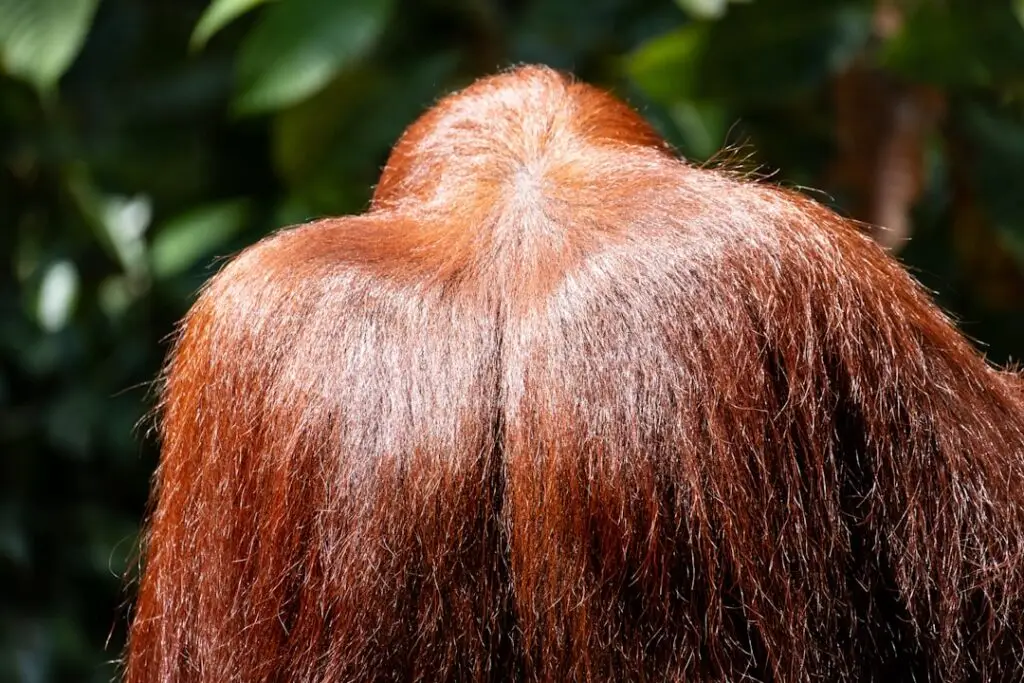
One of the most common questions about PRP therapy is how soon you can expect to see results. The timeline for visible improvements can vary from person to person, influenced by individual health factors and the extent of hair loss.
Initial Changes and Expectations
Most patients begin to notice initial changes within three to six months after the first treatment session. This gradual improvement is typical, as the body needs time to respond to the growth factors introduced by the PRP injections. Patients are encouraged to be patient and maintain realistic expectations during this period.
Recommended Treatment Schedule
For optimal results, multiple treatment sessions are often recommended. Typically, a series of three to four treatments spaced about a month apart is advised. This schedule allows for cumulative benefits, as each session builds on the progress of the previous one. Maintenance treatments may also be necessary every six to twelve months to sustain the benefits. This ongoing care helps ensure long-term success and satisfaction with the treatment.
Factors Influencing Results
Several factors can influence the effectiveness of PRP therapy, including the patient’s overall health, age, and the severity of hair loss. It’s important to consider these variables when assessing potential outcomes. A personalized approach, guided by a healthcare provider, can help tailor the treatment to suit individual needs.
Who is a Good Candidate for PRP Therapy?
PRP hair restoration is suitable for individuals experiencing various types of hair loss. Understanding who benefits most from this treatment can help set realistic expectations and guide decision-making.
Types of Hair Loss Addressed
PRP therapy is effective for addressing androgenetic alopecia (male or female pattern baldness), thinning hair, and hair loss due to stress or medical conditions. Its versatility makes it a viable option for many individuals seeking to improve their hair health.
Medical Considerations and Exclusions
However, PRP therapy may not be suitable for everyone. Individuals with certain medical conditions, such as platelet or blood disorders, or those taking certain medications, may not be candidates for this treatment. It’s important to have a thorough consultation with a healthcare provider to determine if PRP is right for you. This evaluation ensures that the treatment is both safe and effective.
Personalized Treatment Plans
Each patient’s journey with hair restoration is unique, and a personalized treatment plan is essential for achieving the best results. By assessing individual needs and circumstances, healthcare providers can tailor PRP therapy to maximize its benefits.
Potential Side Effects and Risks
While PRP therapy is considered safe, there are some potential side effects and risks to be aware of. Being informed about these possibilities helps patients make confident, informed decisions.
Common Side Effects
Common side effects include temporary redness, swelling, and mild pain at the injection sites. These are typically mild and resolve on their own within a few days. Understanding these expected reactions can help alleviate concerns and prepare patients for the recovery process.
Rare Complications
In rare cases, there may be bruising or infection. While uncommon, these complications underscore the importance of choosing a qualified and experienced provider. Proper technique and adherence to medical protocols are crucial for minimizing risks.
Importance of Provider Expertise
Choosing a qualified and experienced provider can help minimize these risks. The expertise and professionalism of the healthcare provider play a significant role in the success and safety of the procedure. Patients should seek providers with a proven track record and positive patient outcomes.
Conclusion
PRP platelet-rich plasma therapy offers an exciting solution for individuals seeking to combat hair loss and improve hair quality. With its natural approach and minimal downtime, it’s an appealing option for many. However, like any medical treatment, it’s crucial to consult with a healthcare professional to determine if it’s the best option for your unique situation. By understanding the process and setting realistic expectations, you can make an informed decision about whether PRP therapy is right for you.
If you’re interested in exploring PRP hair restoration, don’t hesitate to schedule a consultation with a qualified provider. Embrace the possibility of revitalizing your hair and boosting your confidence with this innovative treatment. As the field of hair restoration continues to evolve, PRP therapy remains at the forefront of innovative and effective solutions.

